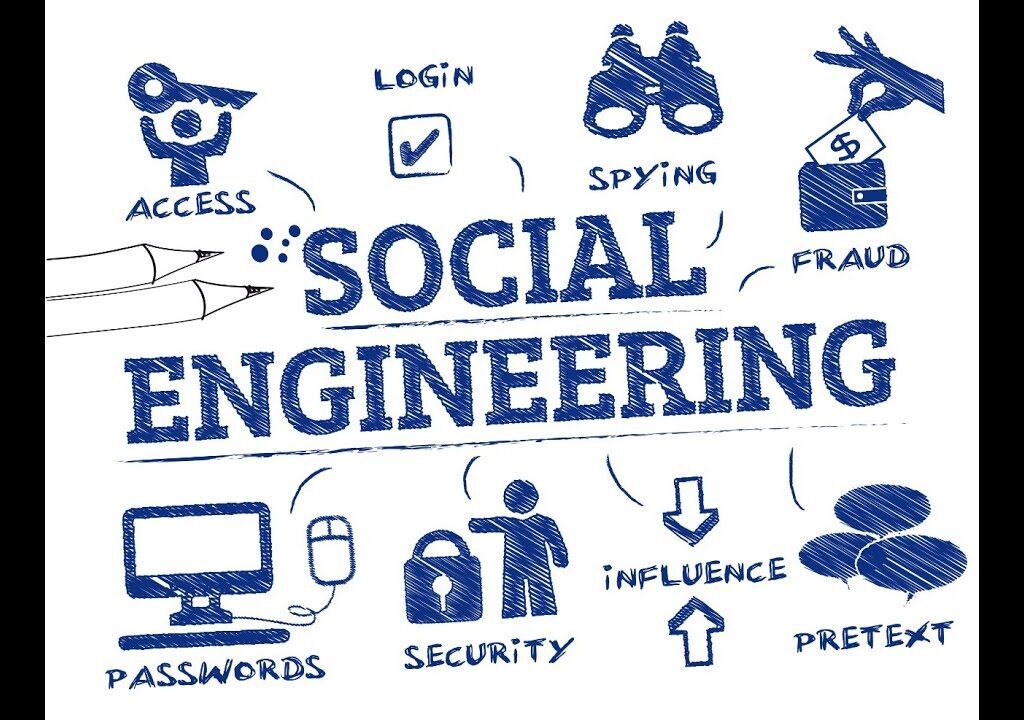
Introduction
In today’s hyper-connected world, where technology permeates every aspect of our lives, cybersecurity has become a critical concern for individuals and organizations alike. As we increasingly rely on digital platforms for communication, banking, shopping, and even healthcare, the risks associated with cyber threats have escalated dramatically. Cybersecurity encompasses the measures taken to protect our digital devices, networks, and sensitive information from unauthorized access, theft, and malicious attacks. This comprehensive guide aims to equip you with essential knowledge and practical tips to safeguard yourself in the digital age.
Understanding Cybersecurity
Cybersecurity refers to the practices and technologies designed to protect computers, networks, and data from cyber threats. These threats can take many forms, including malware, phishing, ransomware, and social engineering attacks. Understanding these threats is the first step toward effective protection.
Read Non-Coding Tech Jobs: Unlocking Your Career Path Without Coding
Common Cyber Threats
- Phishing Attacks: Cybercriminals impersonate legitimate entities, such as banks or government agencies, to trick individuals into revealing sensitive information like passwords or credit card numbers. Phishing often occurs through fraudulent emails or fake websites.

- Malware: Malicious software designed to harm or exploit devices, malware can include viruses, worms, and ransomware. Once installed, it can steal data, encrypt files, or even take control of your device.

- Ransomware: A type of malware that encrypts a victim’s files, rendering them inaccessible until a ransom is paid. Ransomware attacks have increased significantly, targeting both individuals and organizations.

- Social Engineering: This involves manipulating individuals into divulging confidential information. Techniques can include pretexting (creating a fabricated scenario) or baiting (enticing victims to download malicious files).

Best Practices for Cybersecurity
1. Use Strong Passwords
Creating strong, unique passwords for each of your accounts is one of the simplest yet most effective ways to enhance your cybersecurity. A strong password should be at least 12 characters long and include a mix of letters, numbers, and special characters. Avoid using easily guessable information, such as birthdays or common words.
2. Enable Two-Factor Authentication (2FA)
Two-factor authentication adds an extra layer of security by requiring not only a password but also a second form of verification, such as a text message or authentication app. Enabling 2FA can significantly reduce the risk of unauthorized access to your accounts.

3. Keep Software Updated
Regularly updating your operating system, applications, and antivirus software is crucial for protecting against vulnerabilities. Software updates often include security patches that address known threats.
4. Be Wary of Public Wi-Fi
Public Wi-Fi networks can be a hotspot for cybercriminals. Avoid accessing sensitive information or conducting financial transactions on unsecured networks. If necessary, use a Virtual Private Network (VPN) for an added layer of encryption.

5. Educate Yourself and Stay Informed
Knowledge is power, especially in the realm of cybersecurity. Stay informed about the latest threats, scams, and security best practices through reliable sources. Regularly attending webinars, reading articles, and following cybersecurity experts can help you stay one step ahead of potential threats.
6. Guard Your Personal Information
Be cautious when sharing personal information online. Limit the amount of personal data you share on social media and adjust privacy settings to control who can see your posts. Treat your personal information like a secret map that only trusted individuals can access.
7. Use Security Software
Invest in reputable antivirus and anti-malware software to protect your devices from malicious attacks. Regularly scan your devices for threats and ensure that your security software is always up to date.
Protecting Your Devices
1. Secure Your Mobile Devices
Mobile devices are extensions of ourselves, containing sensitive information. Set up strong passcodes, enable biometric authentication, and regularly update your mobile operating system and apps. Consider enabling remote tracking and wiping features in case your device is lost or stolen.
2. Backup Your Data
Regularly back up important files to protect against data loss from malware or hardware failure. Use cloud storage solutions or external hard drives to ensure that your data is safe and recoverable.
The Role of Organizations in Cybersecurity
While individuals play a vital role in safeguarding their own information, organizations must also invest in robust security measures. This includes employee training, implementing strong security policies, and regularly auditing systems for vulnerabilities.
Read Non-Coding Tech Jobs: Unlocking Your Career Path Without Coding
Future Trends in Cybersecurity
The landscape of cybersecurity is constantly evolving, with new threats emerging regularly. Key trends to watch include:
- Increased Focus on Artificial Intelligence (AI): AI is being leveraged to enhance threat detection and response capabilities, enabling organizations to identify and mitigate risks more effectively.
- Rise of the Internet of Things (IoT): As more devices become interconnected, securing IoT devices will be crucial. Organizations and individuals must adopt best practices to protect these devices from cyber threats.
- Greater Emphasis on Cybersecurity Awareness: Education and awareness will play a critical role in reducing the risk of cyber attacks. Organizations will increasingly prioritize employee training on cybersecurity best practices.
Read How Long Would It Take a Hacker to Brute Force Your Password? Understanding Password Security?
Related Websites
- Cybersecurity & Infrastructure Security Agency (CISA) – A comprehensive resource for cybersecurity information and best practices.
- StaySafeOnline – Offers tips and resources for protecting personal information online.
- Krebs on Security – A blog by journalist Brian Krebs that covers the latest in cybersecurity news and threats.
FAQs
1. What is cybersecurity?
Cybersecurity refers to the practices and technologies designed to protect computers, networks, and data from cyber threats.
2. What are common cyber threats?
Common threats include phishing attacks, malware, ransomware, and social engineering.
3. How can I create a strong password?
Use a mix of letters, numbers, and special characters, and avoid easily guessable information. Aim for at least 12 characters.
4. Why is two-factor authentication important?
Two-factor authentication adds an extra layer of security, making it harder for unauthorized users to access your accounts.
5. How can I protect my mobile devices?
Set strong passcodes, enable biometric authentication, keep your software updated, and use security features like remote tracking.
Conclusion
In the digital age, cybersecurity is not just a concern for IT professionals; it is a shared responsibility that requires vigilance from everyone. By understanding common threats and implementing best practices, individuals can significantly reduce their risk of falling victim to cybercrime. As technology continues to evolve, staying informed and proactive will be essential in protecting ourselves and our sensitive information in an increasingly complex digital landscape.

